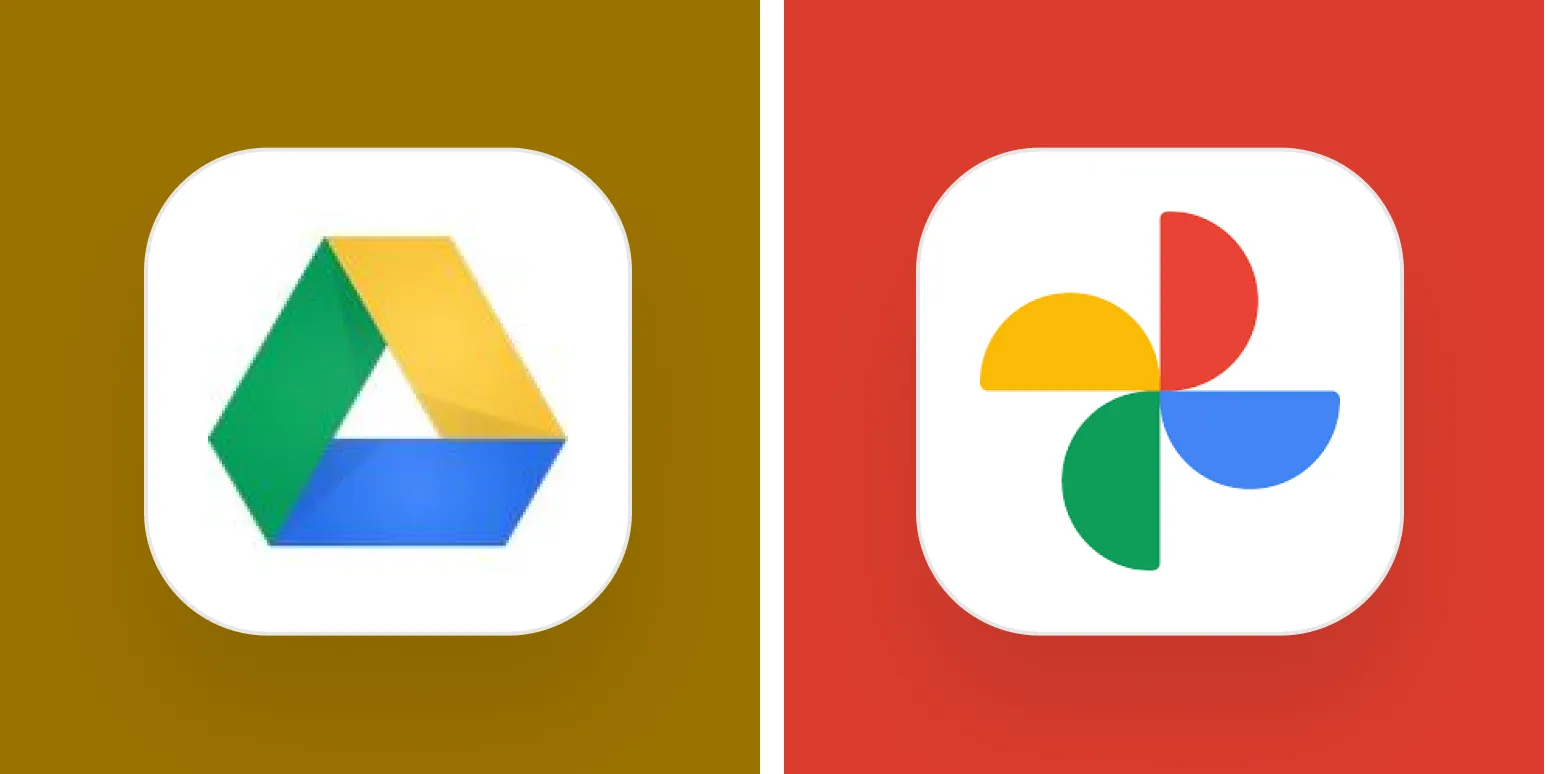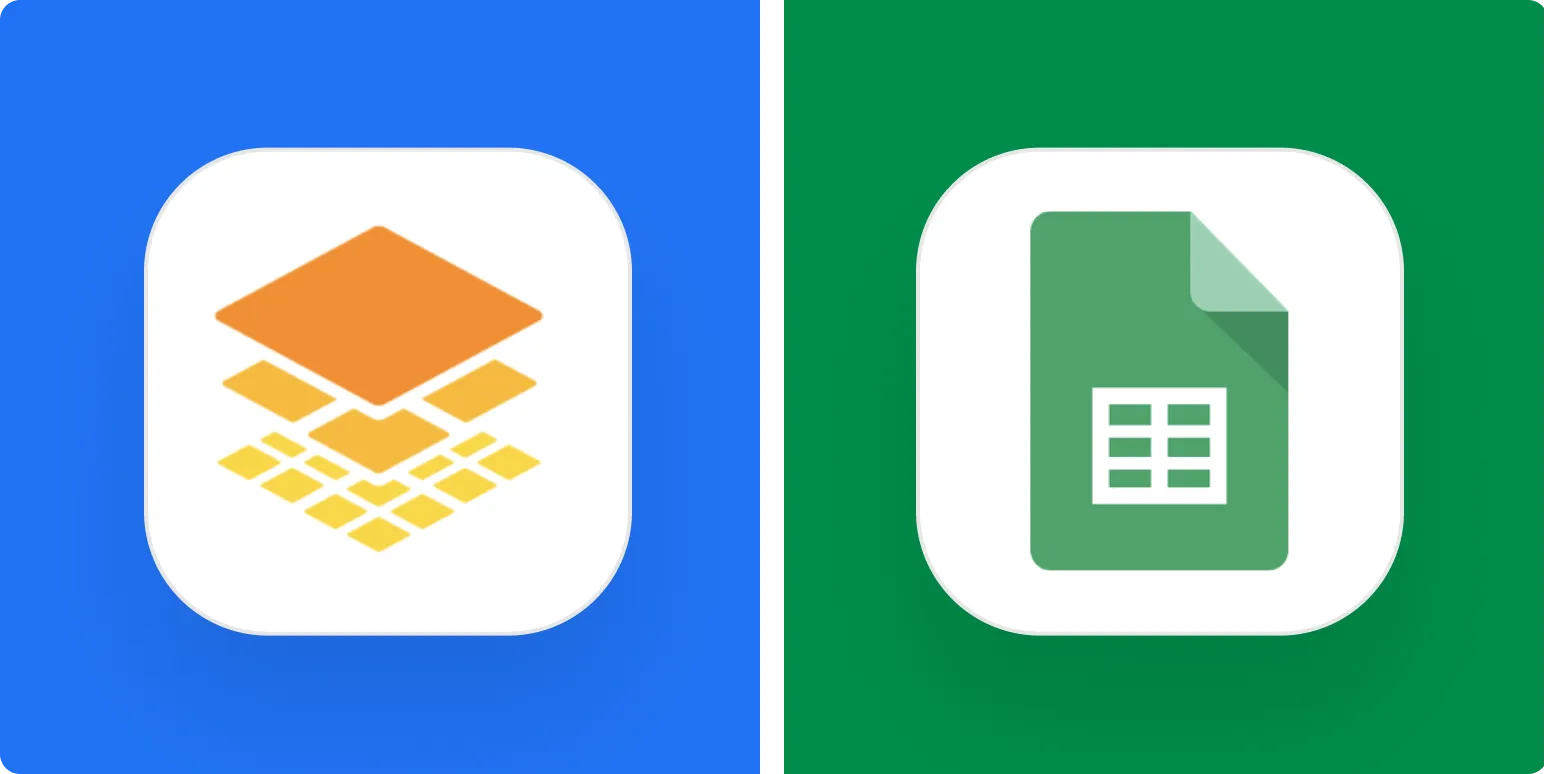Overview of Thinkific and Kajabi
In the world of online course creation, two of the most prominent platforms are Thinkific and Kajabi. Both offer robust features that cater to the needs of educators, entrepreneurs, and businesses looking to monetize their knowledge. However, the choice between them can be pivotal in determining the success of your online course. Below is a comparative analysis of their features, pricing, ease of use, and support, helping you make an informed decision for 2025.
Feature Comparison
When it comes to features, both Thinkific and Kajabi offer a range of tools to help course creators design, market, and manage their courses. Below is a comparison table highlighting the key features of each platform:
| Feature | Thinkific | Kajabi |
|---|---|---|
| Course Creation | Drag-and-drop builder, Multimedia support | Advanced builder, Pre-built templates |
| Marketing Tools | Basic email marketing, Coupons | Advanced marketing automation, Landing pages |
| Membership Sites | Yes | Yes, plus community features |
| Payment Processing | Stripe, PayPal | Stripe, PayPal, built-in checkout |
| Analytics | Basic analytics | Advanced analytics and reporting |
Pricing Structure
Understanding the pricing model is essential when choosing the right platform. Here’s a breakdown of the pricing for Thinkific and Kajabi:
| Plan | Thinkific | Kajabi |
|---|---|---|
| Free Plan | Yes, limited features | No, but offers a free trial |
| Basic Plan | $39/month | $149/month |
| Pro Plan | $79/month | $199/month |
| Premium Plan | $399/month | $399/month |
While Thinkific offers a free plan, Kajabi provides a more extensive set of features at a higher price point, particularly for those serious about marketing and automation.
Ease of Use
User-friendliness is a crucial factor for course creators, especially those who may not be tech-savvy. Both platforms have their strengths:
- Thinkific: Known for its intuitive interface, Thinkific allows users to create courses quickly with its drag-and-drop functionality. The learning curve is minimal, making it an excellent choice for beginners.
- Kajabi: While it offers a more comprehensive set of features, some users find the interface more complex. However, the advanced marketing tools and automation features can be worth the extra effort for those willing to invest time in learning the platform.
Customer Support
When launching an online course, having access to reliable customer support can make a significant difference. Here’s how Thinkific and Kajabi stack up:
- Thinkific: Offers 24/7 customer support through email and live chat. Additionally, their comprehensive knowledge base is filled with tutorials and guides.
- Kajabi: Provides extensive resources, including webinars and community forums. However, live chat support is not available 24/7, which may be a drawback for some users.
Best Use Cases
Depending on your specific needs, one platform may be more suitable than the other:
- Thinkific: Ideal for individuals or small businesses looking to create simple courses without a heavy emphasis on marketing. It’s also a great choice for those on a budget.
- Kajabi: Best for entrepreneurs and businesses aiming for a comprehensive marketing strategy. Its advanced features make it an excellent choice for those who want to build a brand around their courses.
Conclusion
Choosing between Thinkific and Kajabi ultimately depends on your goals, budget, and technical expertise. If you seek an easy-to-use platform with essential features at an affordable price, Thinkific is a strong contender. However, if you are willing to invest in a more robust system with advanced marketing capabilities, Kajabi may be the better option for you in 2025.
Whichever platform you choose, ensure that it aligns with your vision and objectives for your online course. Happy teaching!





